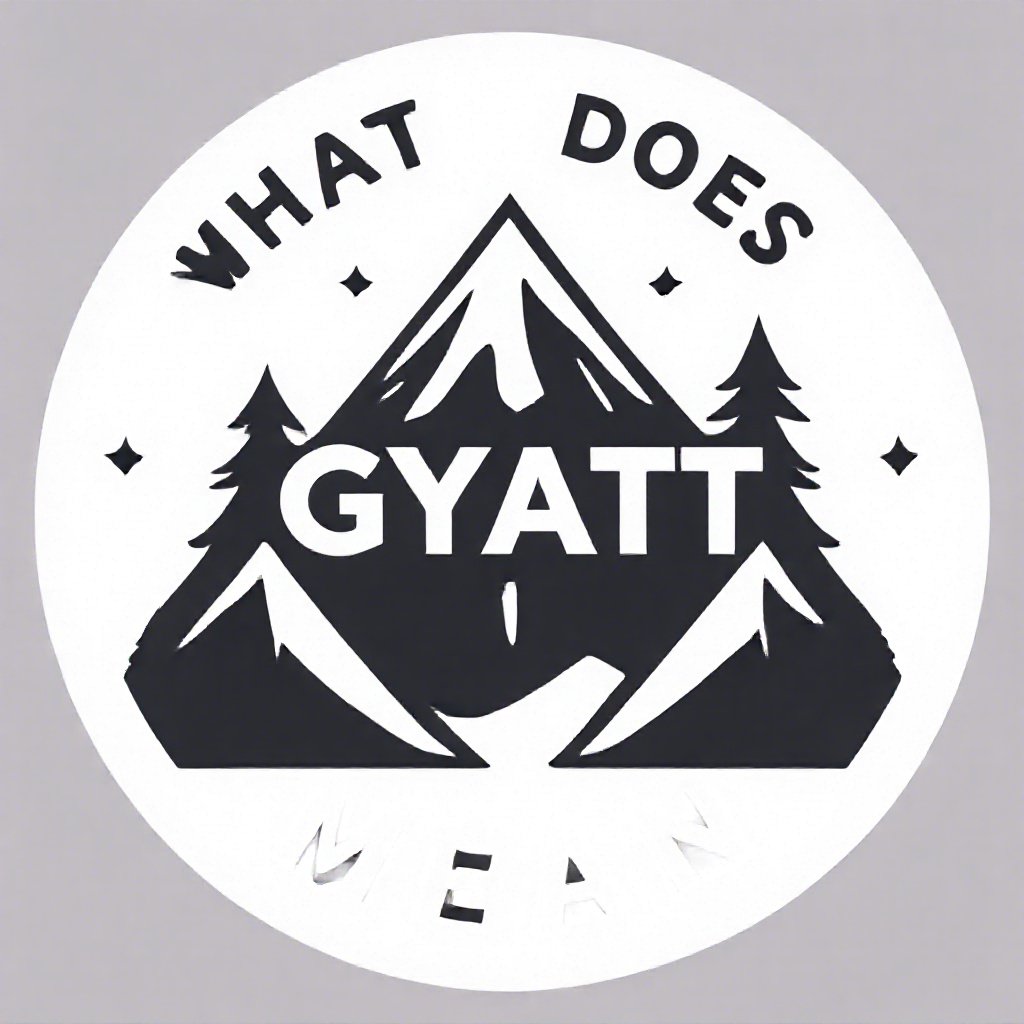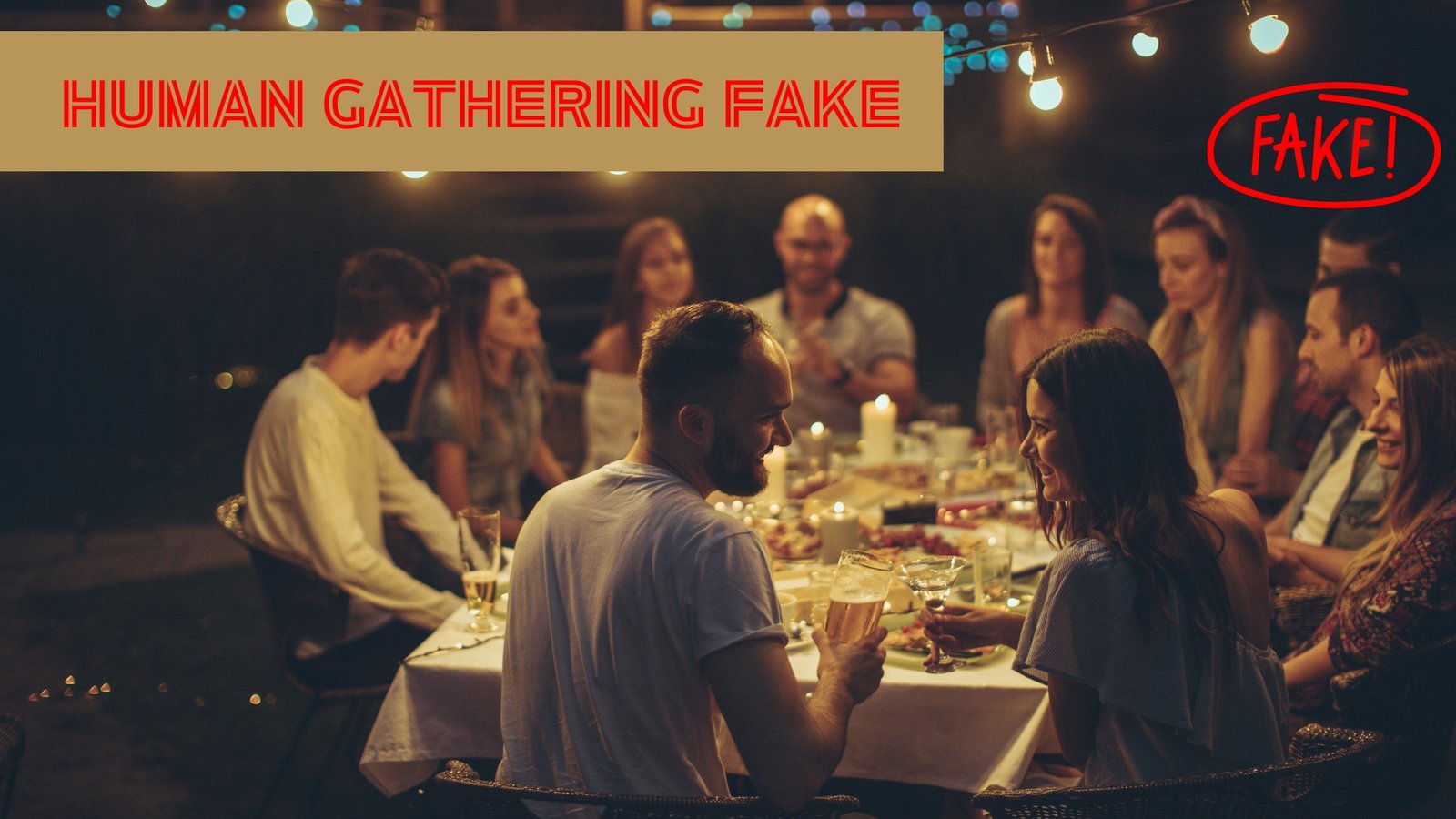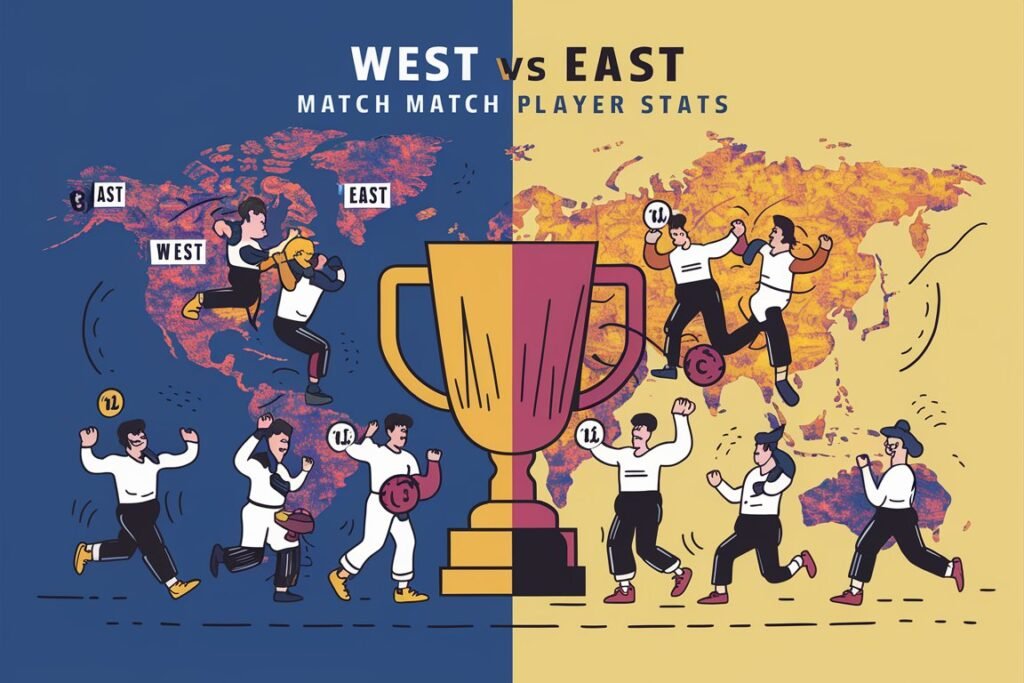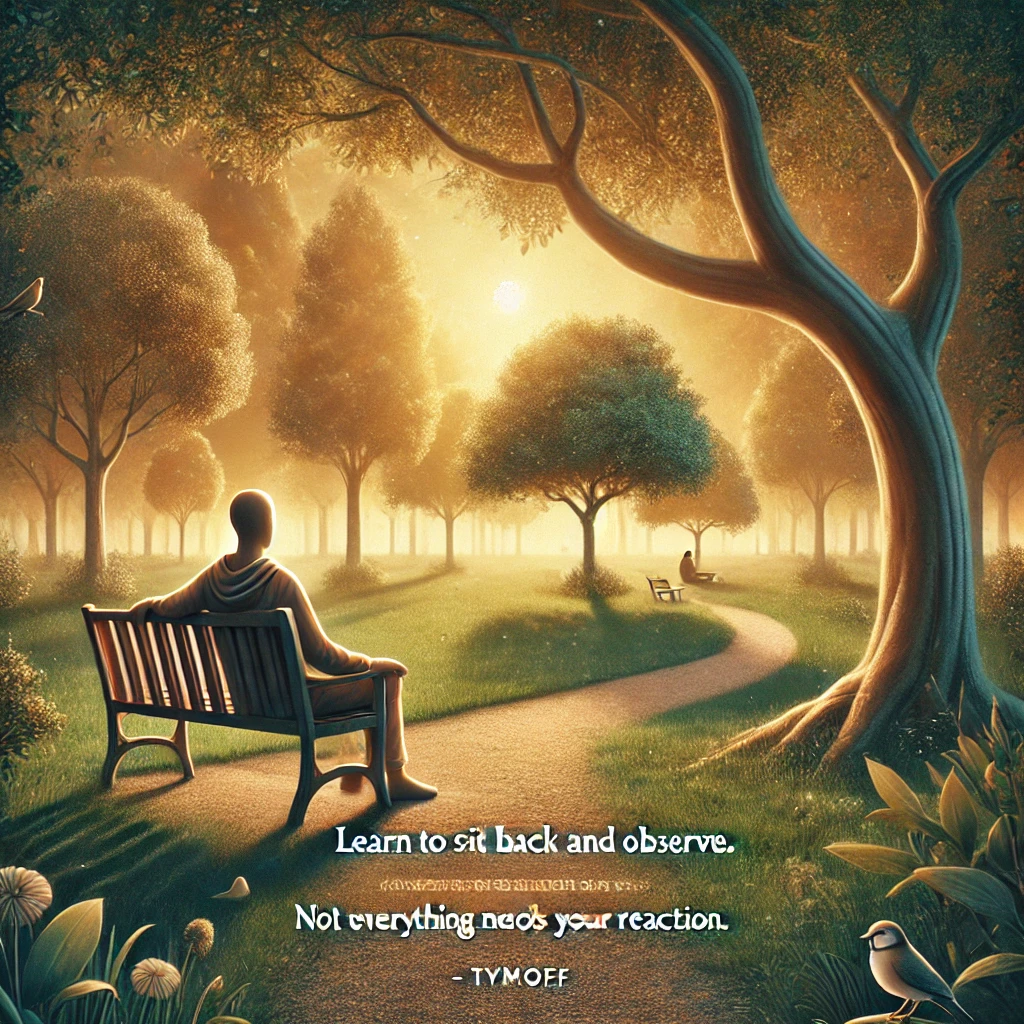In today’s fast-paced digital age, the lines between reality and fiction are becoming increasingly blurred. The concept of “human gathering fake” has emerged as a term to describe the deliberate manipulation of social interactions and events to influence public perception and behavior. But what exactly is the human gathering fake, and how does it impact our daily lives? Let’s delve deeper into this phenomenon.
Understanding the “Human Gathering Fake” Phenomenon
The phenomenon of the human gathering fake revolves around the intentional orchestration or distortion of social gatherings and interactions to serve a multitude of agendas. This tactic is not confined to the digital realm but extends to the physical world, where events may be staged or misrepresented to elicit a certain reaction from the public or specific communities. In essence, it is a sophisticated form of social engineering that leverages the nuances of human behavior and the influential power of perceived collective actions. Actors behind such manipulations exploit the inherent trust individuals place in the social fabric, using it as a vehicle to propagate misinformation, mold public opinion, or achieve personal or organizational objectives. The methods employed range from creating entirely fictitious events with fake participants to subtly altering the context or outcome of real gatherings to fit a particular narrative. This manipulation is facilitated by the digital age’s anonymity and the expansive reach of social media platforms, where a single fabricated story can gain momentum and achieve a life of its own, impacting real-world perceptions and decisions. The consequences of these acts are multifaceted, affecting not just the immediate targets but also the broader societal trust in the authenticity of social interactions and events. Understanding the mechanics and motives behind the human gathering fake is crucial for developing effective countermeasures and fostering a more discerning and resilient public discourse.
The Mechanics Behind Manipulating Social Perceptions
At the core of the human gathering fake phenomenon lies a complex interplay of technological and psychological tactics designed to skew public perception. Manipulators often start by creating or hijacking social media profiles, using these as platforms to disseminate false narratives or orchestrate sham events. These profiles, sometimes bolstered by artificial intelligence to mimic human interactions, can rapidly circulate misleading information, making it challenging for the average user to distinguish fact from fiction.
The strategic employment of bots and fake accounts enables the rapid amplification of these narratives, reaching an audience of millions within hours. These digital puppeteers also exploit social media algorithms, which are designed to prioritize content that generates engagement, regardless of its veracity. As these false narratives gain traction, they begin to shape public discourse, often creating a bandwagon effect where people, believing they are following a majority, adjust their perceptions and actions accordingly.
Another tactic involves the subtle manipulation of real events’ portrayal, where the context, significance, or outcomes are distorted. Through selective reporting or outright fabrication, manipulators craft a version of reality that aligns with their objectives, thereby engineering a specific public response. This approach not only misleads the public but also sows confusion, making it increasingly difficult for individuals to trust even legitimate sources.
The mechanics behind manipulating social perceptions are continually evolving, with manipulators constantly innovating to stay ahead of detection efforts. As these techniques become more sophisticated, understanding their operation and the underlying intentions becomes essential for the public to navigate the digital landscape critically and cautiously.
The Impact of Fabricated Social Gatherings on Public Behavior
The repercussions of fabricated social gatherings are extensive, permeating various aspects of public life and influencing decisions in ways that are not immediately apparent. These manufactured events or interactions have the capacity to significantly distort public opinion, shaping not only what people believe but how they act on those beliefs. For instance, a staged protest amplified through social media can create the illusion of a widespread societal movement, encouraging others to adopt positions or take actions in alignment with the fabricated event’s purported aims. This manipulation extends beyond political arenas, affecting consumer behavior, public health responses, and even investment decisions. Individuals may find themselves participating in trends, purchasing products, or engaging in behaviors that have been artificially popularized by these deceitful tactics.
The effectiveness of these strategies lies in their ability to exploit the social nature of humans; we are inherently inclined to trust and follow perceived community norms. When these norms are manipulated, it can lead to collective behaviors that might not only be against an individual’s best interest but can also have broader societal repercussions. The erosion of trust in genuine social movements and the dilution of meaningful public discourse are among the less visible yet deeply consequential effects. As these manipulations grow more sophisticated, understanding their impact on public behavior is critical for developing resilience against such deceptive practices, emphasizing the importance of critical engagement with the information and the social narratives we encounter.
Distinguishing Reality from Fabrication in a Digital World
Navigating the digital landscape requires a discerning eye and a proactive approach to differentiate between genuine social phenomena and fabricated ones. In an era where manipulation techniques are increasingly sophisticated, individuals must adopt strategies that aid in identifying deceptive practices. Key to this endeavor is the habit of critical analysis of the content encountered online. Scrutinizing the source of the information is paramount; trusted and well-established outlets are more likely to provide accurate portrayals of social gatherings than obscure or biased platforms.
Engaging in fact-checking is another crucial strategy. Numerous reputable organizations dedicate themselves to verifying claims and stories circulating on social media and the wider internet. Consulting these resources can provide clarity and prevent the spread of falsehoods. Another effective approach involves looking for corroborating evidence across multiple sources. A genuine event or social interaction will likely be reported or mentioned by several independent parties, whereas a fabricated one might only exist in a single or a few closely related sources.
Beyond these practical steps, fostering a culture of skepticism and inquiry online is essential. Encouraging discussions about the authenticity of social interactions and events, sharing insights on spotting misinformation, and teaching others how to critically evaluate digital content contribute to a more informed and resilient digital citizenry. As individuals become more adept at discerning reality from fabrication, the collective ability to mitigate the influence of manipulated social phenomena improves, fostering a more authentic and trustworthy digital environment.
Strategies for Combating “Human Gathering Fake”
Fighting against the tide of “human gathering fake” demands a multifaceted approach that integrates education, technology, and community engagement. Developing a keen sense of media literacy is foundational. This involves not only understanding how to navigate the digital space but also how to critically assess the information encountered. Education systems and informal learning platforms alike must prioritize the teaching of skills that enable individuals to discern the reliability of sources and the context of social events depicted online.
Technological solutions also play a pivotal role. Investing in and adopting advanced algorithms that can detect and flag potentially manipulated content can help reduce the spread of misinformation. Social media companies, in partnership with tech innovators, have the responsibility to continuously refine these detection mechanisms and make them an integral part of the user experience.
Community engagement is another critical strategy. Creating forums for discussion and platforms for fact-checking within communities encourages a collective approach to identifying and debunking false narratives. This collaborative vigilance strengthens the social fabric and creates barriers to the spread of deceptive content.
Furthermore, fostering an environment that values transparency and accountability in digital communications can deter manipulative practices. Encouraging users to question the authenticity of what they see and hear online, and to verify information through multiple reputable sources, empowers individuals to make informed decisions about the content they engage with and share.
By intertwining these strategies—education, technological innovation, and community action—the collective effort can create a resilient defense against the manipulative tactics of “human gathering fake,” safeguarding the integrity of our digital and physical social landscapes.
The Role of Individuals in Navigating the “Human Gathering Fake”
Must Read: Redefining Style: Charmsami’s Blend of Fashion and Tech
Individuals possess significant power in mitigating the effects of “human gathering fake” through vigilance and responsible information sharing. Developing a critical mindset towards the content we encounter is essential. This involves scrutinizing the sources of our news, understanding the context of social events, and recognizing the potential biases in the narratives presented to us. We must also embrace the responsibility of verifying the accuracy of information before disseminating it, employing fact-checking tools and consulting multiple reliable sources. Engaging in open discussions about the credibility of social interactions and supporting a culture of skepticism can enhance collective resilience against misinformation. Additionally, educating others on the importance of discerning fact from fiction contributes to a more informed community. By taking these steps, individuals can play a decisive role in preserving the authenticity of social narratives, ensuring a healthier digital and social environment for all.











Leave a Reply